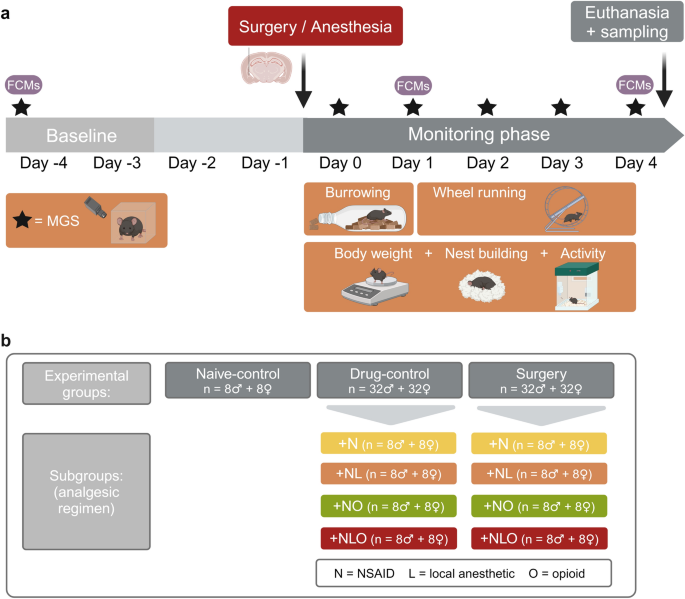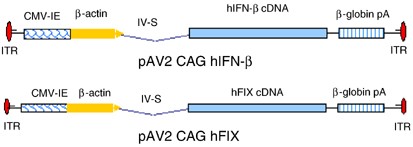- Select a language for the TTS:
- UK English Female
- UK English Male
- US English Female
- US English Male
- Australian Female
- Australian Male
- Language selected: (auto detect) - EN
Play all audios:
VOL: 103, ISSUE: 10, PAGE NO: 42 Jacqueline Randle, PhD, MSc, BA, PGDipAE, PGCertIC, RN, RNT, is associate professor Gary Adams, BSc, RGN, PGDipAdEd, PhD, MRSC, is lecturer, both at the
Faculty of Medicine and Human Science, University of Nottingham. Natalie Vaughan, MSc, BSc, RGN, is senior nurse, infection control, Nottingham University NHS Trust Owing to an increase in
incidence and severity of Clostridium difficile and associated diseases (CDAD) and as CDAD is becoming more difficult to treat, it is important that healthcare workers are actively involved
in minimising its cross-transmission and effectively managing cases and outbreaks when they occur. In order for healthcare workers to do this, they need to have adequate knowledge; therefore
the aim of our study was to assess infection control link professionals' (ICLPs) knowledge of C. difficile in order to see if additional support and training was required. Owing to an
increase in incidence and severity of Clostridium difficile and associated diseases (CDAD) and as CDAD is becoming more difficult to treat, it is important that healthcare workers are
actively involved in minimising its cross-transmission and effectively managing cases and outbreaks when they occur. In order for healthcare workers to do this, they need to have adequate
knowledge; therefore the aim of our study was to assess infection control link professionals' (ICLPs) knowledge of C. difficile in order to see if additional support and training was
required. The ICLP role can be summarised as a role that a professional undertakes in order to act as a liaison between a department and the infection control team (ICT), with the aim of
improving infection prevention and control practice (Vaughan and Randle, 2005). Permission to undertake the research was obtained from the trust's ethics committee. Twenty ICLPs were
selected from the total number of ICLPs (n=96) and purposively invited to participate in the study. Group one consisted of ICLPs that had been in the role for less than a year (2-11 months)
and group two consisted of those ICLPs who had been undertaking the role for more than a year (16 months-9 years). Respondents were chosen in order to obtain a sample of ICLPs working in
different clinical areas. By using a small sample size we recognise findings are illuminative rather than generalisable. A semi-structured interview guide was utilised, which incorporated
demographic questions, followed by open-ended questions regarding microbiological knowledge of C. difficile. A clinical scenario was then provided to each respondent in order to assess their
knowledge, perceptions and attitudes towards a patient with C. difficile. FINDINGS The following themes were identified from the qualitative data: knowledge, standard precautions,
ritualistic practice, enthusiasm for the ICLP role and communication. ICLPs' microbiological knowledge in relation to C. difficile was insufficient, while their knowledge concerning
standard precautions was good. Although group two had received more educational input regarding infection prevention and control topics, as 60% had attended a university-accredited ENB
infection control course, this did not seem to have an impact on their knowledge base of C. difficile. Both groups' knowledge base of C. difficile can be classified as insufficient. For
example, respondents seemed unsure whether it was the spores that remain in the environment that cause contamination. However, both groups showed good knowledge of infection control
standard precautions that can help limit the cross-transmission of C. difficile. They stated a range of infection prevention and control-related activities that they undertake: 'Ideally
you would put them (patient) in a side ward but it is not always possible. Make sure that they have got their own toileting facilities.' Compliance with hand hygiene as a standard
precaution was apparent throughout the interviews: 'Right, I would wet my hands first and then use the soap in the soap dispenser. Wash hands for 30 seconds, dry them thoroughly ... as
you come out of the room use the alcohol gel. Obviously it is the most important factor for the prevention of infection.' Despite the increased compliance with standard precautions, at
times some respondents talked of practices that could be considered as ritualistic and displayed knowledge of past/poor practices. Examples of this are: 'Just send three further samples
of faeces to the lab once the diarrhoea has settled.' 'Wait for a negative result before moving the patient back onto the main ward.' A further theme was enthusiasm. Those
who had been undertaking the role for less than a year were self-motivated to find out more: 'I have already been looking on the internet and using some references for the small talk
that I gave to the ward. So I have been looking at some references and I have a file laid out for the work I have done myself. Then I check with (infection control nurse educator) ... I make
sure that it (cleaning) is carried out properly and the room is not used until it has been.' All respondents were aware of the need for effective communication between healthcare
workers and also between patients and relatives in order to help compliance with standard precautions. Effective communication would help to limit cross-transmission and also the physical
and negative psychological effects of CDAD: 'The relatives should be informed of the infection so they are not alarmed. All staff on the ward and those visiting the ward must be aware
of the patient. Explain what it is they (patient) have got and why we are taking the precautions, so they don't feel isolated ... it can be upsetting for them, as it (C. difficile) can
be quite offensive and you need to reassure the relatives as well. I would encourage them (patient) to use disposable cloths for washing their hands and make sure the family are aware that
they wash their hands when they leave the ward.' The hand hygiene of patients and relatives was also commented upon: 'Handwashing for the patient once they have been to the toilet
and any other time before they eat their dinner and things like that. Get the relatives to wash their hands when they come into or leave the room.' DISCUSSION AND CONCLUSION We
acknowledge that microbiology may be a difficult topic to learn. However, we suggest that nursing students and qualified nurses should have a sound knowledge base of microbiology and
biological science. A sound microbiological knowledge base would help understand the findings that alcohol gel is ineffective at removing spores produced by C. difficile (Department of
Health, 2005a). Although bacteria are removed by the gel, the spores remain on hands and then have the potential to be cross-transmitted to patients (DH, 2005a). It is therefore recommended
that handwashing with soap and water is undertaken (DH, 2005b). This strategy needs to be incorporated into successful initiatives such as the Clean Your Hands campaign and others aimed at
increasing hand hygiene compliance (Randle et al, 2006; Pittet et al, 2000). ICLPs were aware that robust infection prevention and control standard precaution practices are of crucial
importance in reducing the incidence of C. difficile, with good hand hygiene by healthcare workers being paramount in the reduction of cross-transmission. Similarly, ICLPs were aware that
both the physical and negative psychological effects of C. difficile can result in distress for the patient. However, it is important that ritualistic practices, such as using separate
cutlery for patients with C. difficile, do not exacerbate feelings of distress that patients may have as a consequence of isolation precautions. This is very important as earlier work by
Gammon (1998) found that infected patients who were isolated demonstrated feelings of anxiety and depression that were significantly higher than their hospitalised counterparts, and their
feelings of self-esteem and sense of control were significantly lower. Additionally, the activities required for nursing a patient with C. difficile - for example, by wearing protective
clothing (gloves and an apron) for all patient-related tasks - that can exacerbate feelings of isolation may lead the patient to feel dirty or stigmatised (Oldman, 1998; Knowles, 1993). To
remedy the potential negative effects of isolation, Ward (2000) recommends the provision of written and individualised information, improved communication from medical staff, provision of a
common room and better facilities to relieve boredom. In order to strengthen the positive findings from our study and to facilitate best practice for future nursing practice, we introduced a
variety of strategies. These included: - The employment of a full-time infection control nurse educator (ICNE); - The development of the ICLP network in order to provide innovative and
ongoing learning opportunities; - A yearly update for ICLPs and healthcare workers; - The organising of visits to the enteric laboratory in order for ICLPs to gain an insight into
microbiological investigations; - The development and use of reusable learning objects (interactive web-based chunks of learning material designed for a single-learning objective), in order
to offer a cost-effective way of addressing educational needs; - The development and use of an infection prevention and control professional portfolio for ICLPs. FOOTNOTE A full version of
the article has been published in the British Journal of Infection Control. VAUGHAN, N. ET AL (2006)_Infection control link professionals' knowledge of Clostridium difficile. British
Journal of Infection Control; 7: 5, 25-29._







